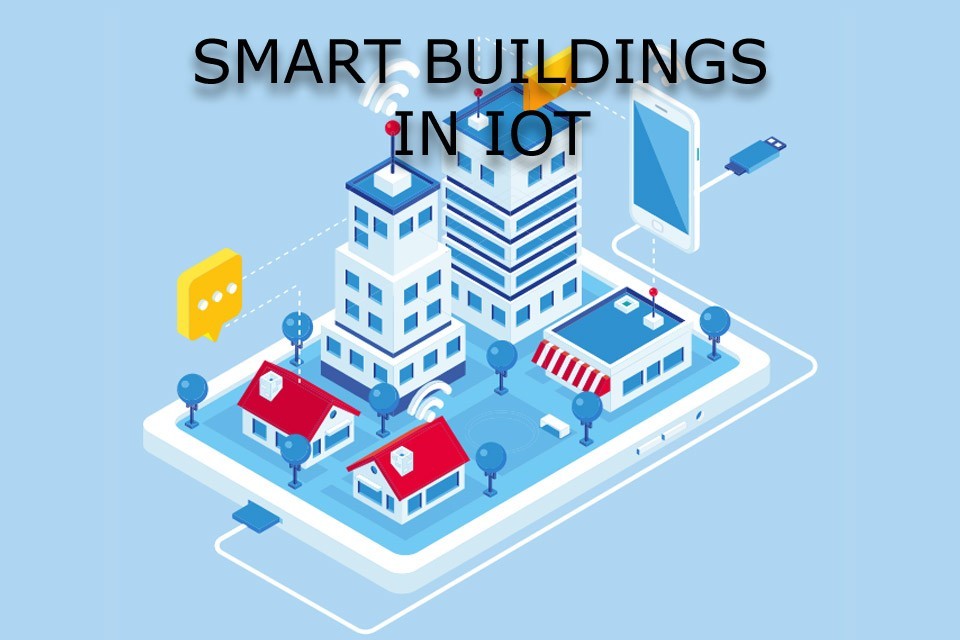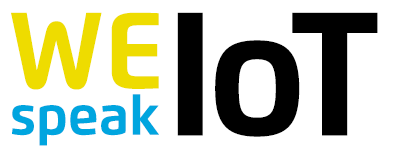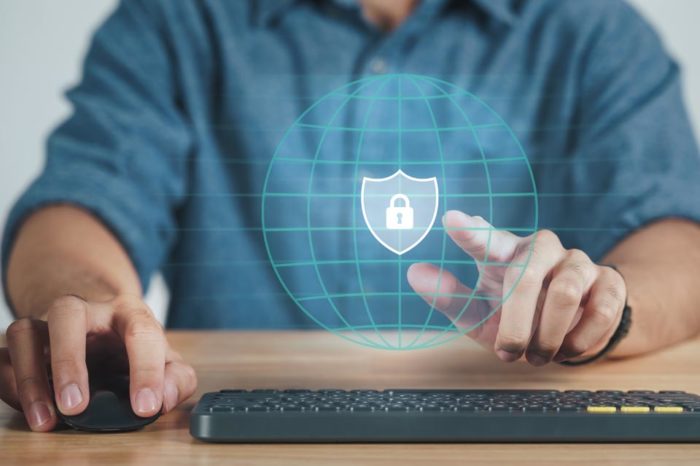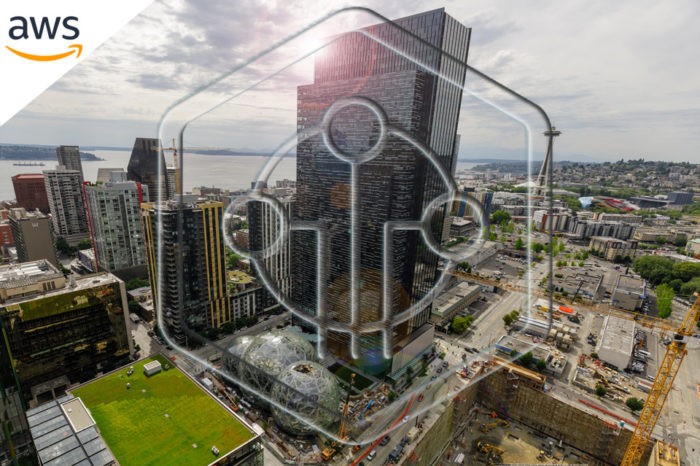Smart Real Estate in the IoT – Study by the Technology Foundation Berlin

At the end of February 2019, the “Economy Club” of Berlins newspaper “Tagesspiegel” hosted a symposium on the progressive digitalisation of real estate (smart real estate) at the EUref Campus.
More and more buildings are becoming digital: hardware and software solutions as well as Open Data are conquering the world of real estate. In the future, many people, especially in urban regions, will live in smart real estate that permanently produces data. New business models and market players are emerging. What this means for planners and operators of buildings, for real estate agents and property managers, was explored by the joint event of the Tagesspiegel Business Club and the Technology Foundation Berlin.
The basis for the contents of the symposium is the recently published Internet of Things Report of the Technology Foundation Berlin. The study not only provides an insight into the IoT microcosm of Berlin’s Smart Buildings; it also highlights current trends and forecasts future developments.
[The Technology Foundation Berlin is a civil-law foundation with legal capacity based in Berlin. Earlier companies were TSB Technologiestiftung Berlin (until 2013) and Technologiestiftung Innovationszentrum Berlin (from 1994 to 2006). Their statutory task is the promotion of science and research as well as education with regard to innovative scientific and engineering technologies. … Source: Wikipedia]
Digitize existing properties
To turn a building into a smart real estate, technical systems and components must first be networked – either with each other or with the Internet, and processes must also be digitized. In contrast to a smart home, in which, for example, individual household appliances and room controls for heating and lighting are networked, a smart building primarily networks central building services systems and also room and appliance controls. Planning and operating a new building as a smart property is now state of the art.
The situation is different in existing buildings. The majority of our built environment has existed for over 50 years and was planned and built long before the current developments in digitization. An existing building is therefore usually not digitized, neither in the technical installations of the building services nor in the individual components of the floors or rooms – and certainly not in connection with its surroundings. In most cases, only analog plans of a building exist, which may no longer be up to date and contain no digital information at all about the built reality, the operation or the management.
In contrast to real estate, technical equipment has comparatively short life cycles and is subject to rapid development. A building currently has an average life expectancy of 50 to 100 years – at 20 years, a heating pump is already well above its lifetime forecast. If modern building technology is installed in existing buildings, digitalisation is often the result. The installation of new heating, ventilation or air conditioning systems, but also fire protection and burglar resistance open the doors to new technologies. Modern systems and components are often already network-compatible, have their own network address and generate data from which information about their function can be generated. This information is usually available to the manufacturer, fitter or specialist engineer of the installed components and systems in order to control and maintain them.
The digital basement
In particular, the areas of building technology and building automation are undergoing rapid change. New providers are entering the market with open platforms for data exchange. Standardization and interface management, Smart and Connected Home enable new business models for the use of building data. The advancing miniaturization of technical components, which are becoming cheaper and easier to install, combined with new possibilities for the transmission and evaluation of data, increases the number of end devices and enables new forms of data processing and use.
Current developments clearly show that not only manufacturers of building technology have to face the digital change in order not to lose the connection or to be displaced by new players on the market – the real estate industry would also benefit considerably from a more progressive attitude towards digitization.
“The convergence of building automation and the Internet of Things is happening, but slowly and many companies are less innovative.” – Prof. Dr.-Ing. M. Kloas, Beuth University Berlin
The forecasts from Berlin are also supported by the findings from the research project of the “Real Estate Economics and Construction Business Administration” department of the Research Center for Corporate Real Estate Management (FBI) at TU Darmstadt.
Their research also showed that the structural change in the real estate sector will continue to intensify – however, it is still astonishing how comparatively little the real estate players make use of the competitive opportunities offered by globalization, urbanization and digitization. Almost every second real estate company currently lacks the necessary time and/or suitable personnel to identify or even implement necessary corporate changes and thus adaptation strategies in the transformation process.
The complete – highly interesting – study by Anne-Caroline Erbstößer of the Technologiestiftung Berlin can be found HERE.









